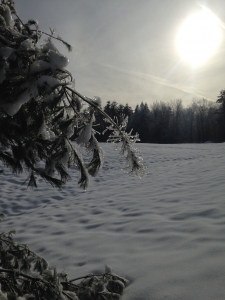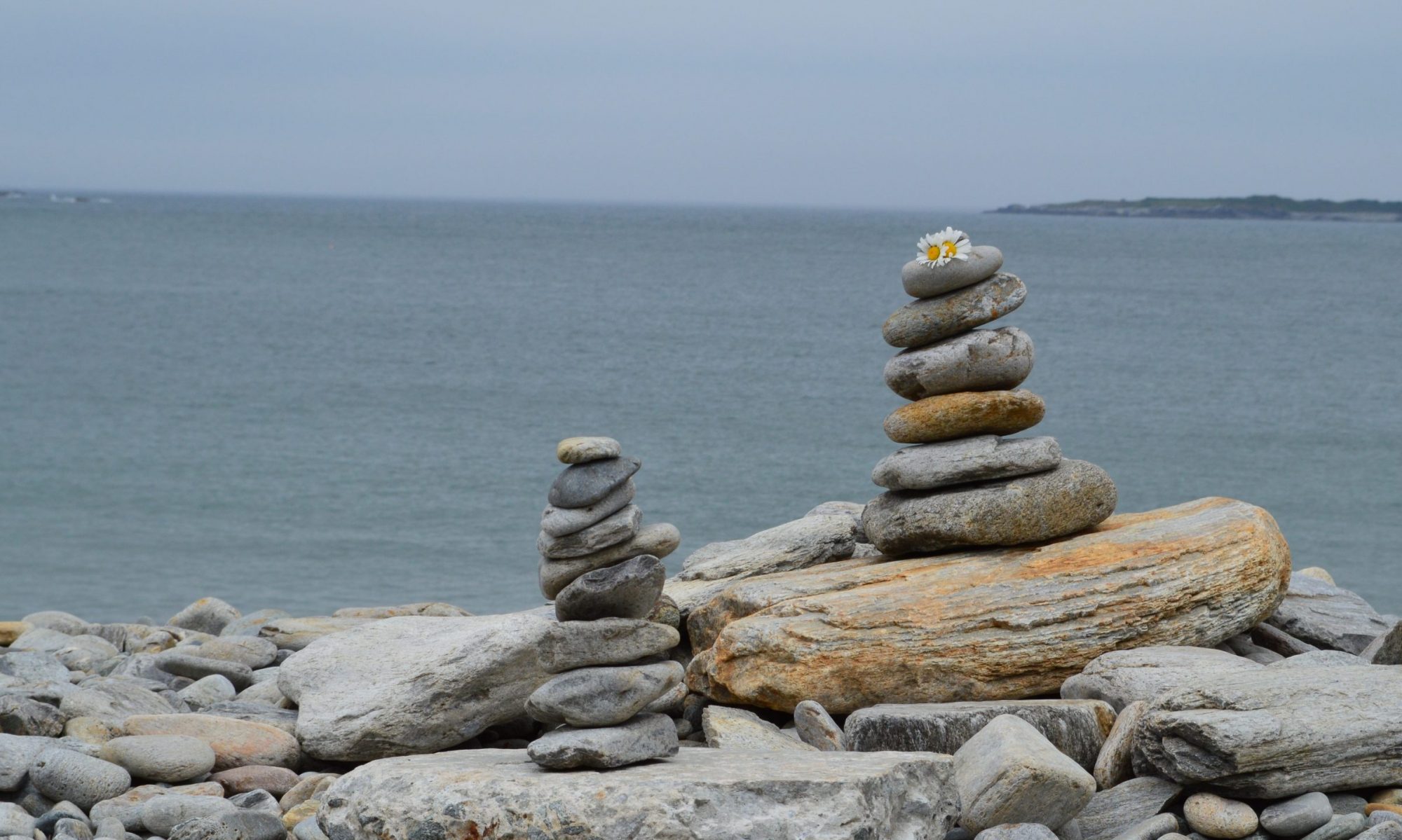I have always thought that we compost year-round at our house. We use 2 closed bins to avoid attracting critters to our backyard and chickens. The bins work on an annual rotation — we add our compost to one bin at a time, while the other “rests”.
This resting bin is really a fertile cavern of activity. The microbes, worms, and fungi in the resting compost bin change the apple cores, egg shells and other food waste into dark nutrient rich soil. By the end of the summer, our discards are ready to become the foundation for the next season’s garden. Every fall, we put one of our garden beds to bed with the fully cooked compost from the resting bin.

Once empty, the bin is ready for contributions. This winter, I am watching the empty bin fill as the compost pile inside grow taller and taller; I realize that we are freezing rather than composting. The last few times that I have brought out the compost, I have wondered how much more I will be able to fit into the bin. We have never run out of space before. I don’t ever recall having a frozen pile of banana peels, carrot tops and withered greens rising to meet me when I take off the lid. What have we done differently this year to create a food scrap stalagmite rather than a decaying pile of organic matter?
In previous years, maybe there was enough organic matter left in the bin to begin and maintain a modest rate of decomposition throughout the winter. Or maybe the deep freeze of early January killed or stunned the microscopic critters that are responsible for sustaining the transformation from scrap to soil. Or maybe we are eating a greater volume of fruits and vegetables that have skins, cores, seeds and stalks that are bound for the compost. Whatever the reason, we are freezing rather than composting this winter. The growing pile of perfectly intact food scraps is a little absurd, but I continue to take my food waste out to the growing pile.
transformation from scrap to soil. Or maybe we are eating a greater volume of fruits and vegetables that have skins, cores, seeds and stalks that are bound for the compost. Whatever the reason, we are freezing rather than composting this winter. The growing pile of perfectly intact food scraps is a little absurd, but I continue to take my food waste out to the growing pile.
Every bucket added to the pile feels like an act of affirmation that the cycle will continue. I have observed the interplay and cycling between decomposition, creation, and decomposition hundreds of times in the garden and forest. This year, in the frozen pile of food scraps, the cycle has slowed, perhaps even suspended for the winter season. The compost’s long pause is a good reminder to find time, space and safety to pause among the activities of our days and years.
In our journey from birth to death, we have thousands, maybe millions of opportunities to create, break down, cycle and recycle. Between each opportunity, there is also a potential for pause. In these pauses, we can take note of the process that brought us to this moment and in wonderment of the one that will follow. Sometimes glaringly obvious and sometimes barely perceptible, the pause is an integral part of the cycle too. It exists in the subtle time and space between inhale and exhale, between dawn and day, between speaking and silence. It exists in a time and space that is both hollow and full beyond measure. The pause is fleeting and slippery, but I know it when I have moved through it. In this year of All Time and No Time, the pause visits often and we are learning to harvest its gifts.
No matter how long or short, every pause eventually yields to motion. At the compost pile, spring will come. With the warmth and movement, the compost pile and garden will “spring to life” in a flurry of decay and decomposition, beauty and growth. I will be looking for the subtle pauses that co-exist within the cycles. They are there too.
While I tend the garden, I will also be settling more deeply into the pauses of my daily life by regularly practicing stillness and reflection. I will create longer pauses by stepping out of routines that restrict time and energy. I will value the solitary space and time that slows my pace and hones my intentions. I will live deeply into the sacred pauses that pepper my days… And I will turn the compost and weed the carrots, taking my place in the cycles of dissolution and creation that will always surround the sacred pause.
